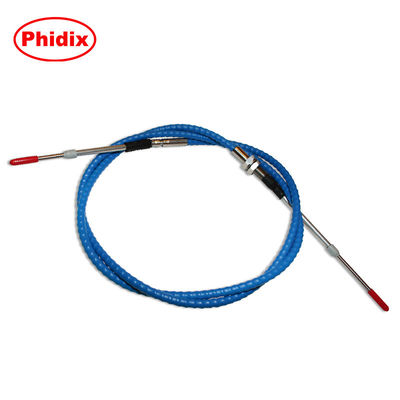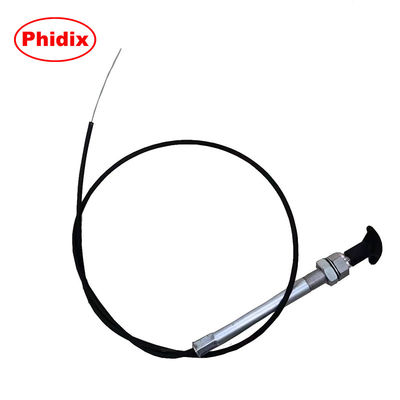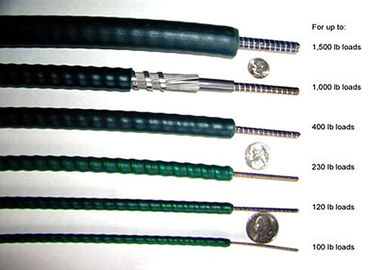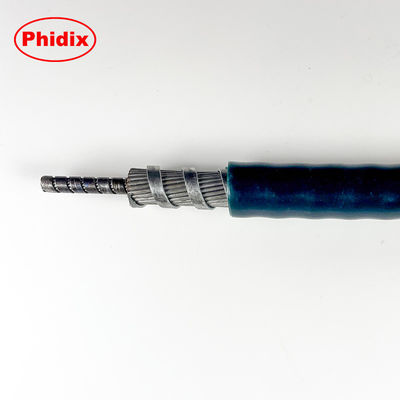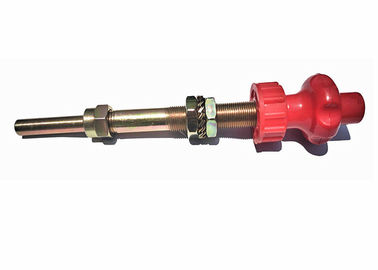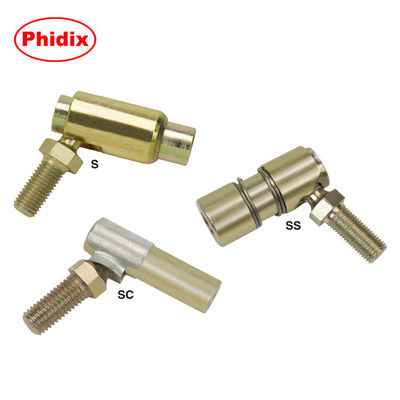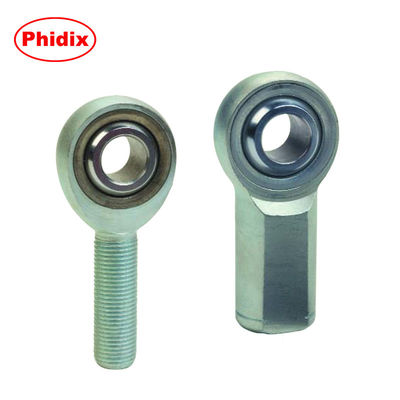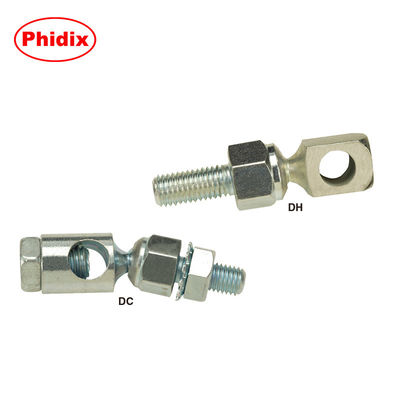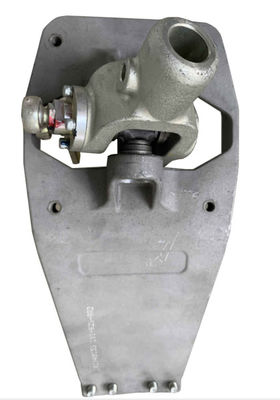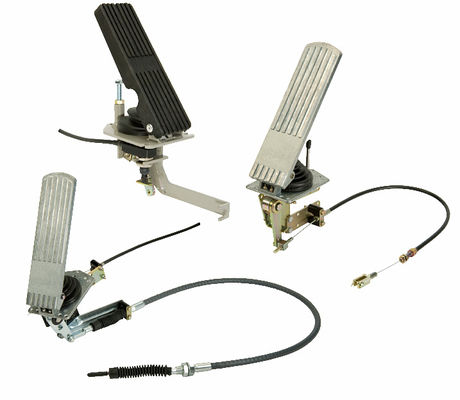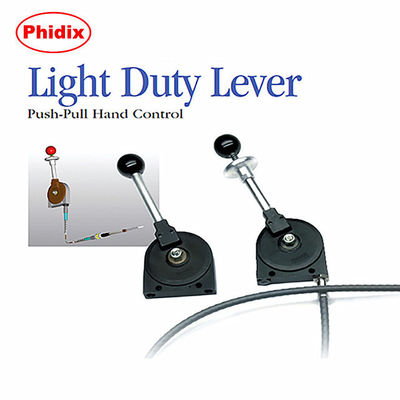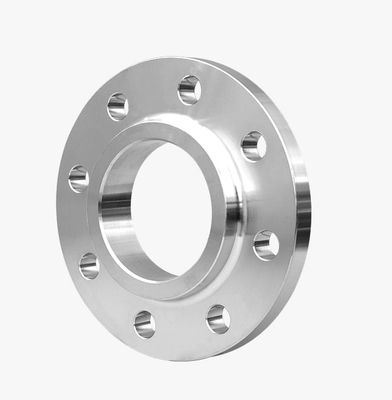Cáp Điều Khiển Tiêu Chuẩn – Truyền Động Tin Cậy Cho Ứng Dụng Công Nghiệp và Cơ Khí
[ Mô Tả Sản Phẩm ]
Cáp điều khiển tiêu chuẩn là một bộ phận cơ khí chất lượng cao được thiết kế để truyền động chính xác giữa hai điểm, ngay cả thông qua các đường dẫn phức tạp. Nó bao gồm một cáp bên trong bền bỉ được bao bọc trong một lớp vỏ bảo vệ bên ngoài, cung cấp chuyển động quay hoặc tuyến tính trơn tru cho nhiều hệ thống cơ khí khác nhau. Được sử dụng rộng rãi trong thiết bị ô tô, công nghiệp, hàng hải và nông nghiệp, cáp điều khiển này đảm bảo hoạt động đáng tin cậy, tuổi thọ cao và bảo trì tối thiểu. Nó lý tưởng cho các ứng dụng như điều khiển bướm ga, chuyển số, kích hoạt phanh và liên kết cơ khí từ xa.
[ Ứng Dụng ]
• Ô tô: Điều khiển bướm ga, phanh, ly hợp và số
• Máy móc công nghiệp: Vận hành từ xa các đòn bẩy, van và bộ truyền động
• Thiết bị hàng hải: Điều khiển động cơ, liên kết lái và cửa sập
• Máy móc nông nghiệp: Kích hoạt PTO, phanh và hệ thống thủy lực
• Thiết bị xây dựng: Tắt nhiên liệu, khóa an toàn và điều khiển phụ trợ
• Thiết bị chuyên dụng: Robot và hệ thống chuyển động chính xác
[ Tính Năng ]
• Truyền động trơn tru và đáng tin cậy
• Thiết kế linh hoạt cho các đường dẫn chật hẹp hoặc phức tạp
• Cáp bên trong bền và vỏ bảo vệ bên ngoài
• Chiều dài và đầu nối có thể tùy chỉnh
• Kháng mài mòn, rung động và căng thẳng môi trường
• Bảo trì thấp với tuổi thọ kéo dài
[ Ưu Điểm ]
• Hiệu Suất Đáng Tin Cậy: Đảm bảo chuyển động nhất quán dưới tải
• Ứng Dụng Đa Năng: Thích hợp cho điều khiển chuyển động quay hoặc tuyến tính
• Kết Cấu Bền Bỉ: Bền lâu và chống mài mòn và hư hỏng môi trường
• Dễ Dàng Lắp Đặt: Định tuyến linh hoạt làm giảm các vấn đề về căn chỉnh
• Tiết Kiệm Chi Phí: Giảm thiểu chi phí bảo trì và thay thế
• Tùy Chỉnh: Các tùy chọn OEM/ODM có sẵn cho các nhu cầu cụ thể
[ Nguyên Tắc Hoạt Động ]
Cáp điều khiển tiêu chuẩn truyền chuyển động cơ học thông qua một cáp bên trong chắc chắn được bọc trong một lớp vỏ bảo vệ bên ngoài. Khi người vận hành xoay hoặc kéo đầu vào, cáp bên trong sẽ truyền chuyển động đến cơ chế được kết nối. Thiết kế linh hoạt cho phép hoạt động trơn tru thông qua các khúc cua và không gian hạn chế, giảm căng thẳng cho các bộ phận và đảm bảo kiểm soát chính xác mà không cần hệ thống điện hoặc thủy lực.
[ Hình Ảnh Thực Tế ]







